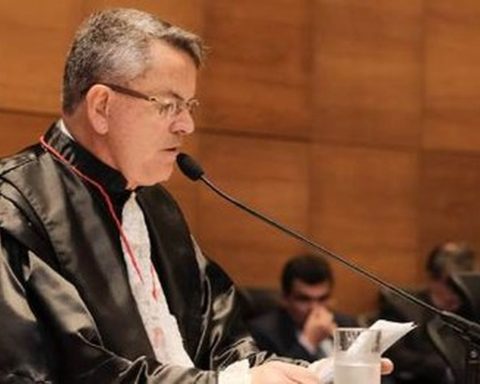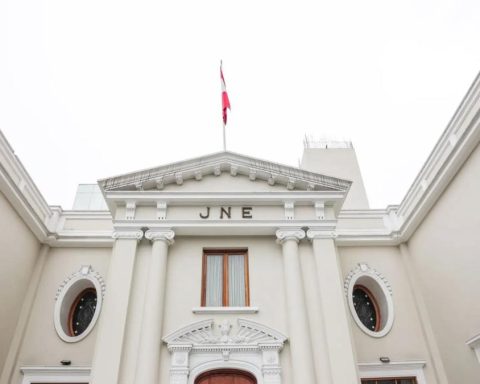After ending 2022 slightly below BRL 6 trillion and at a record level, the Federal Public Debt (DPF) is expected to reach between BRL 6.4 trillion and BRL 6.8 trillion at the end of this year. The numbers were released today (26) by the National Treasury, which presented the Annual Financing Plan (PAF) for the public debt for 2023.
The plan, which presents targets for the public debt for this year, does not bring major changes in relation to 2022. As in the past year, the government created space to reduce the share of prefixed bonds (with fixed interest rates defined in advance ) and increase the share of securities indexed by the Selic rate (basic interest rates for the economy). This would help attract investors to Selic-linked bonds, which are at an all-time high.
According to the document, the share of the FPD linked to the Selic should end the year in a range between 38% and 42%, in the same range of 2022. Currently, it is at 38.3%. The share of fixed-rate securities should end the year between 23% and 27%, falling from the 27% currently recorded.
The proportion of public debt corrected by price indices should be between 29% and 33%. Today it is at 30.3%. The participation of the debt adjusted by the exchange rate, considering the external public debt, should end the year between 3% and 7%. The current percentage is at 4.4%. The numbers do not take into account the purchase and sale of dollars in the futures market by the Central Bank, which interfere in the result.
Last year, the PAF initially predicted that the Federal Public Debt could end 2022 between BRL 6 trillion and BRL 6.4 trillion.
Composition
In 2022, the DPF saw an increase in securities indexed by the Selic, which rose from 36.8% in December 2021 to 38.3% last month, within the range of 38% to 42% in effect for the last year. According to the Treasury, this was due to the increase in the Selic rate (the economy’s basic interest rate), which attracted back investors in these papers.
The participation of fixed-rate securities (with interest defined at the time of issuance) fell from 28.9% in 2021 to 27% in 2022. The percentage was close to the maximum limit established by the 2022 PAF, which estimated that the participation would end the year between 24% and 28%. With the increase in the Selic rate, investors fled from fixed-rate bonds, which are more subject to market fluctuations and which can bring losses if redeemed before the deadline.
The share of inflation-adjusted securities rose from 29.3% to 30.3%, within the range established between 27% and 31%. The exchange-rate-adjusted debt, considering the external public debt, ended 2021 at 4.4%, also within the range of 3% to 7% estimated in the PAF.
Bonds indexed by floating rates increase the risk of the public debt, because the Selic puts more pressure on the government’s debt when basic interest rates in the economy rise. When the Central Bank readjusts basic interest rates, the portion of the domestic debt corrected by the Selic immediately increases.
In theory, prefixed roles bring more predictability. This is because the interest on these bonds is defined at the time of issuance and does not vary over time. That way, the Treasury knows exactly how much interest it will pay several years from now, when the bonds mature and investors have to be repaid. However, prefixed bonds have higher rates than the Selic and increase the cost of public debt in times of economic instability.
Deadline
The Annual Borrowing Plan also made room for increasing the FPD maturity, in a post-election year. At the end of 2022, the average term was 3.9 years. The PAF stipulated that it will be between 3.8 and 4.2 years at the end of December. The Treasury releases estimates in years, not months. The portion of the debt that matures in the next 12 months will end 2023 between 19% and 23%. It currently stands at 22.1%.
According to the Treasury, the government has two security mechanisms to guarantee the financing capacity in the event of an economic crisis that does not allow the Treasury to launch securities on the market. First, the government has enough international reserves to pay the external public debt maturities in 2023, which total R$ 25.4 billion. Furthermore, the government has a cushion of R$1.176 trillion to cover 8.4 months of internal public debt maturities.
Through public debt, the National Treasury issues securities and borrows money from investors to honor commitments. In exchange, the government undertakes to return the resources with some correction, which may follow the Selic rate, inflation, the exchange rate or be prefixed, defined in advance.














